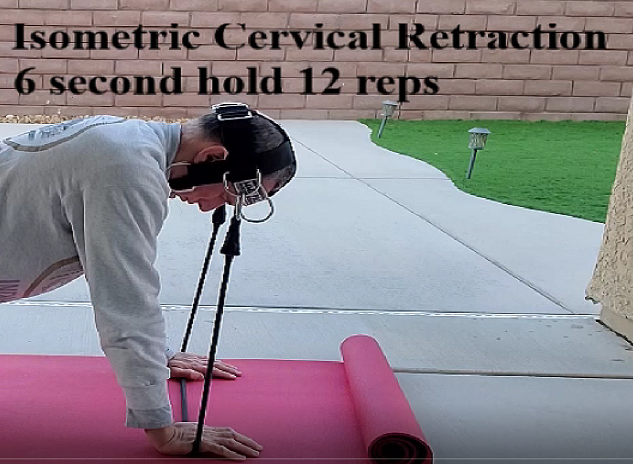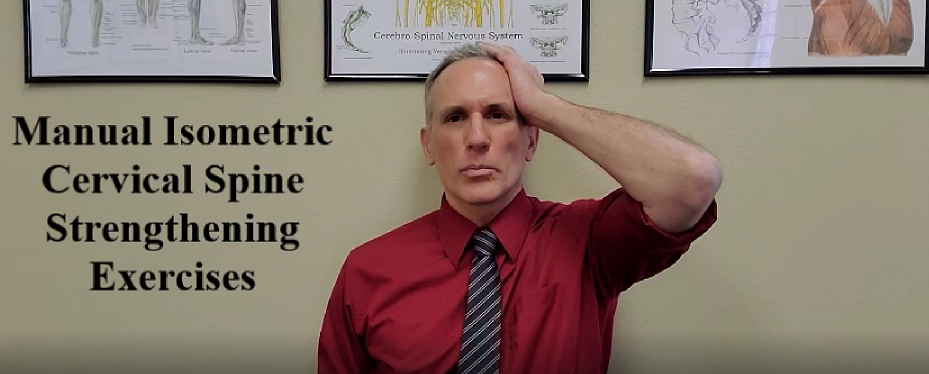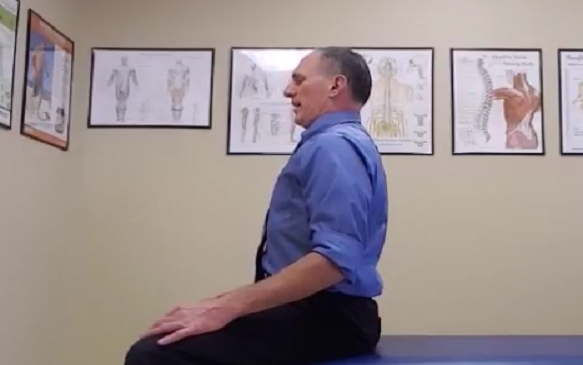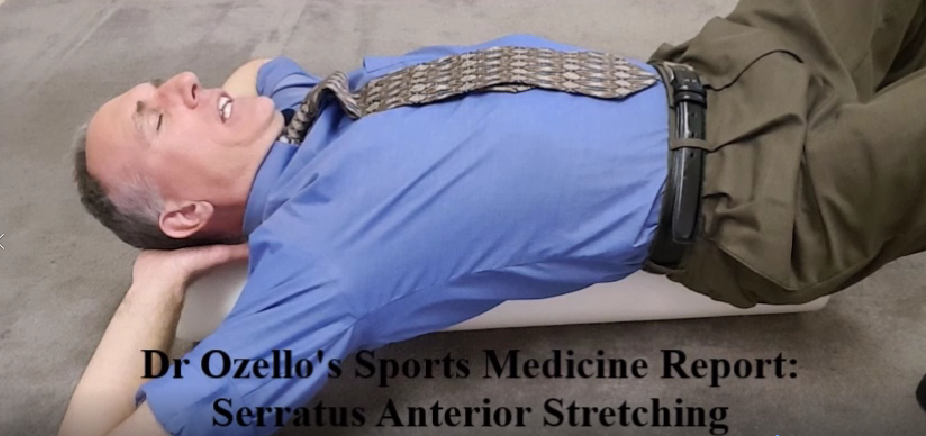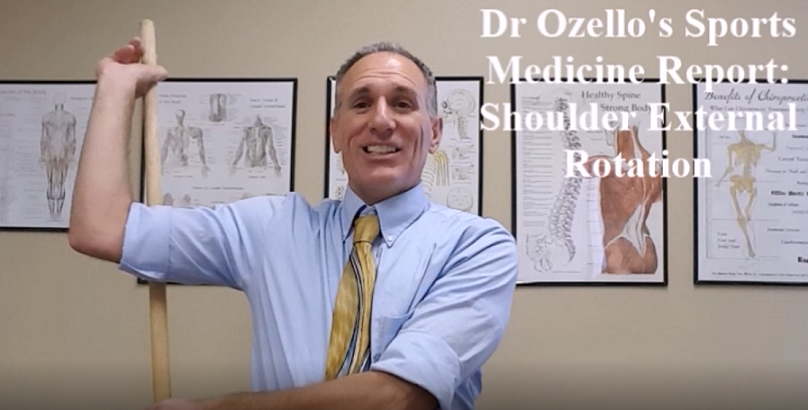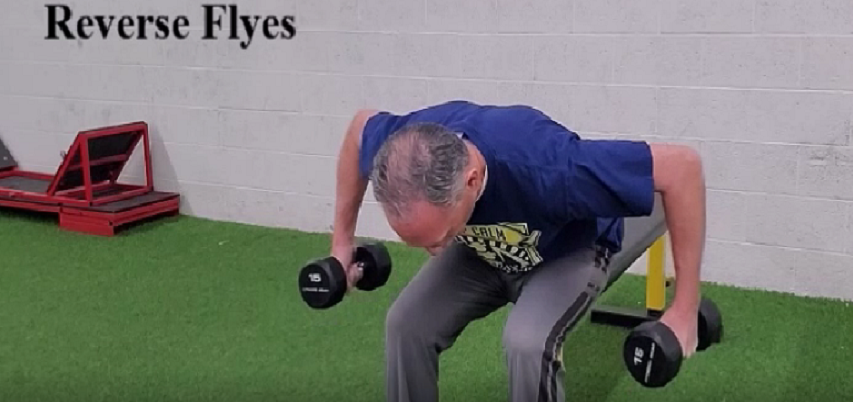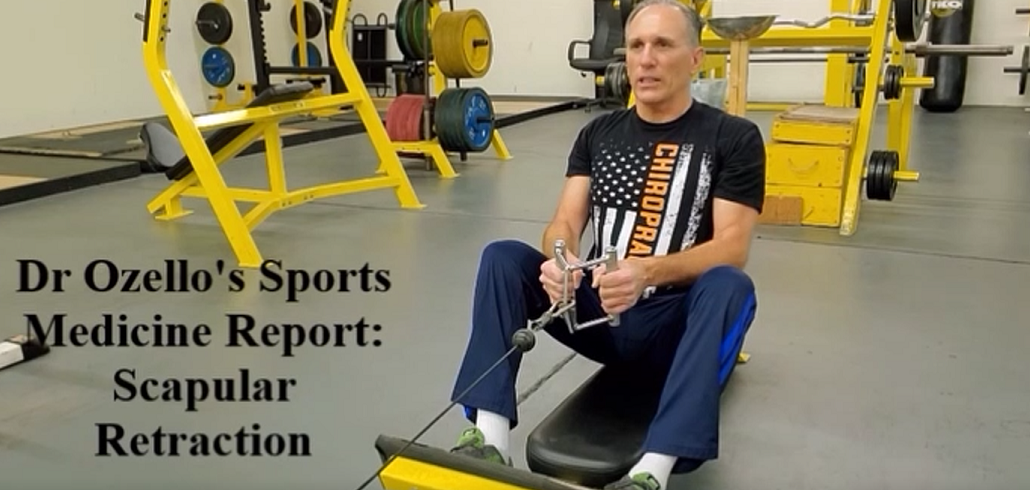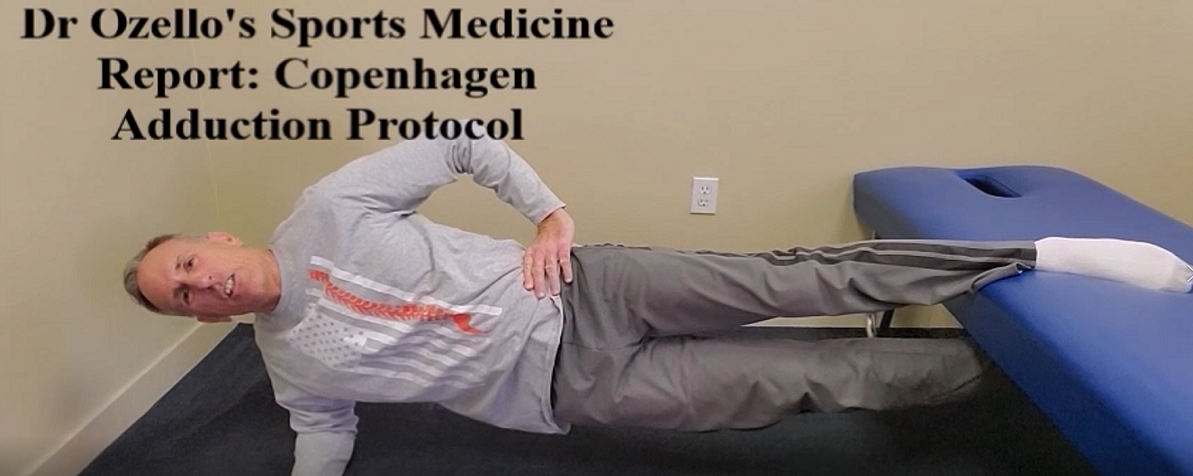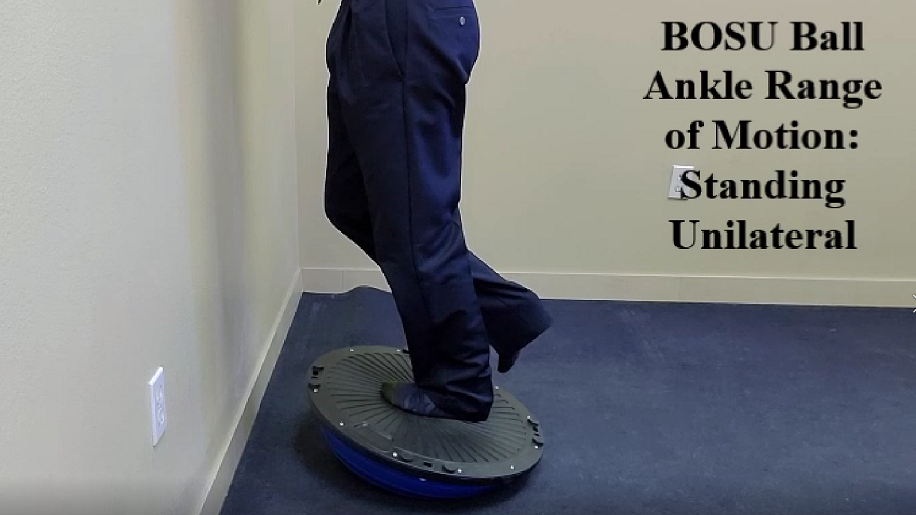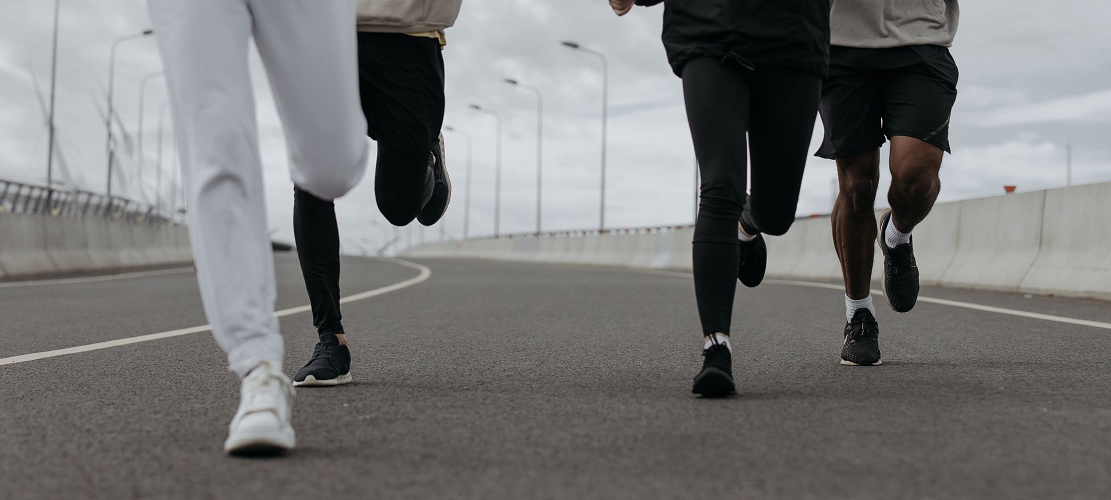Five Resistance Band Exercises for Neck Strength
Increase neck strength with banded cervical spine strengthening exercises. Banded exercises provide resistance through the entire range of motion. Develop proportional neck strength by strengthening the sternocleidomastoids, scalenes, levator scapula, trapezius, deep cervical flexors and cervical paraspinals. The cervical spine is medical name for the neck. Strong cervical spine muscles may help decrease the … Read the rest

